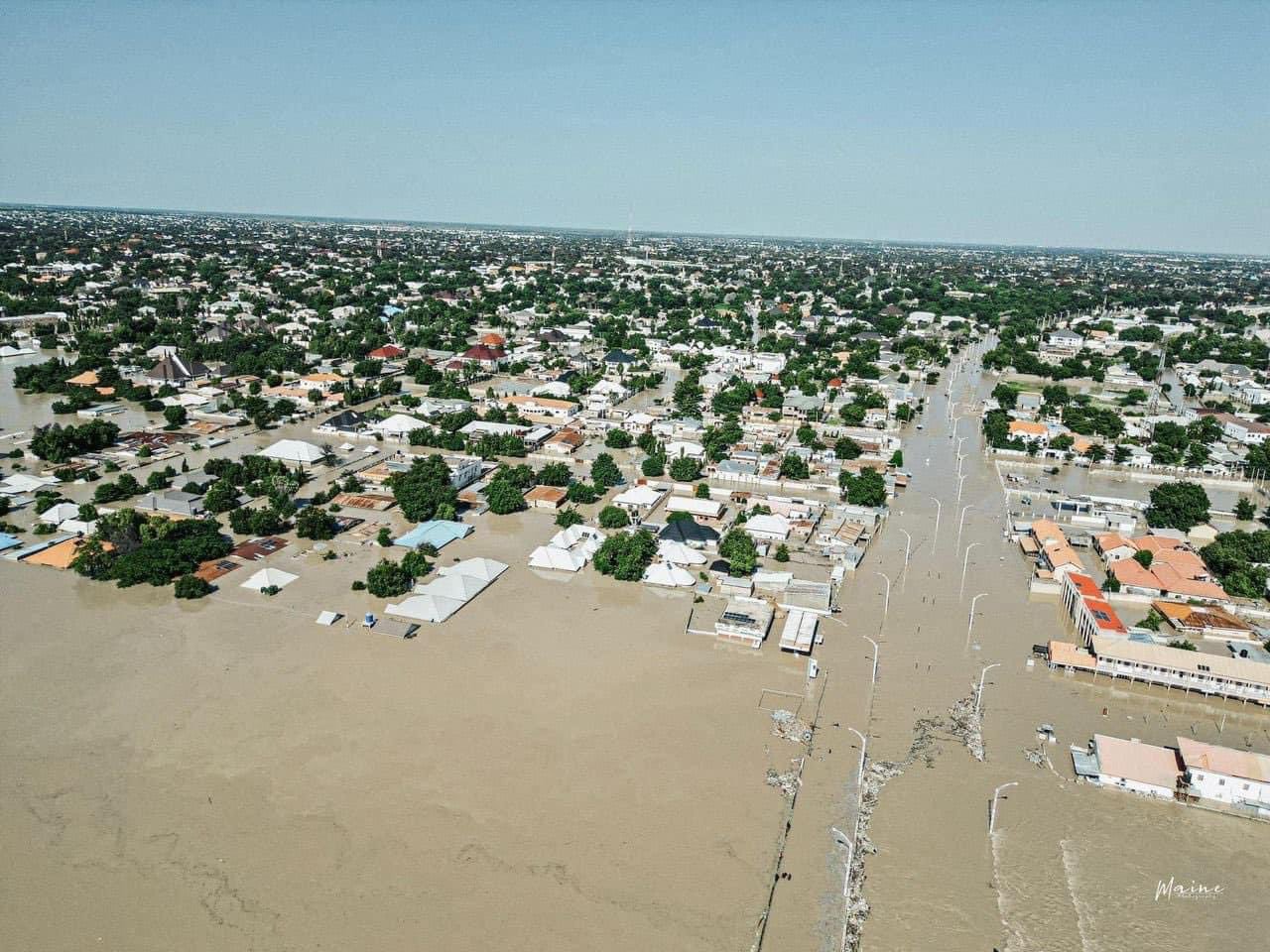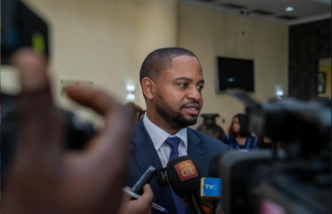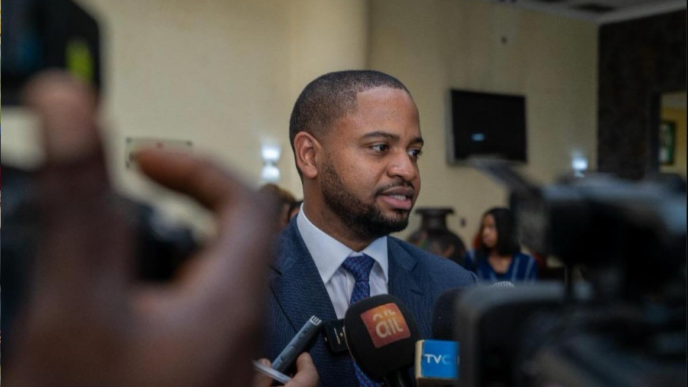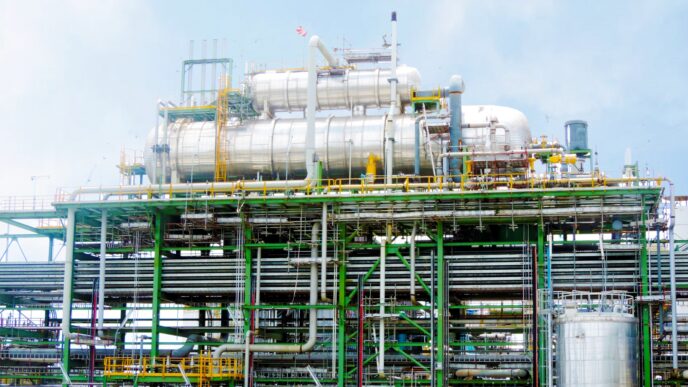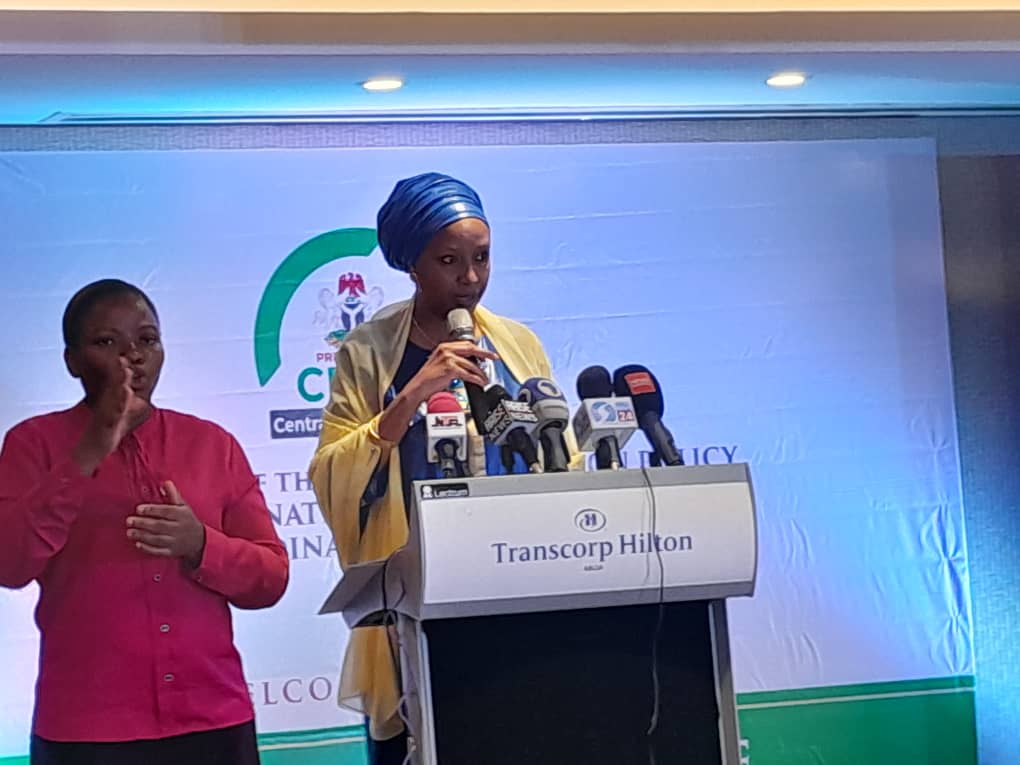Aerial view of flooded areas of Maiduguri, Borno state, on September 10, 2024
BY OLUMIDE BALOGUN
Each year, floodwaters sweep through Nigeria, leaving a trail of destruction in their wake. From the bustling streets of Lagos to the floodplains of Kogi and Benue, the consequences are severe—homes lost, lives disrupted, farmlands ravaged, and the economy taking a hit. Nigeria’s flooding problem isn’t new, but it is getting worse. As climate change drives unpredictable weather patterns and rapid urbanization encroaches on natural drainage systems, the country’s ability to respond effectively remains limited.
The question now is whether artificial intelligence (AI) can provide a game-changing solution to better predict, prepare for, and mitigate flooding in Nigeria.
Why Nigeria is struggling with flooding
Advertisement
Flooding in Nigeria is often a result of a combination of poor urban planning, weak drainage infrastructure, deforestation, and increasingly erratic rainfall patterns. In Lagos, for instance, rising sea levels and poor waste disposal clogging the drainage system lead to frequent urban flooding. In riverine areas like Kogi and Benue, the annual swelling of the Niger and Benue rivers routinely submerges entire communities.
Despite repeated warnings from meteorological agencies, many communities are caught off guard each year, leading to loss of life and destruction of property. While government agencies like NEMA (National Emergency Management Agency) and NIHSA (Nigeria Hydrological Services Agency) have made efforts to improve flood warning systems, their reach and effectiveness remain limited.
How AI is changing flood forecasting
Advertisement
To bridge the gap in flood response, technology is being increasingly deployed as a tool to predict and manage flooding risks. One of the most promising developments is Google’s Flood Hub, an AI-powered system designed to predict floods with greater accuracy and provide early warnings to affected communities.
By analyzing satellite data, weather patterns, and historical flood records, Flood Hub can generate forecasts that give communities more time to prepare. Two newly introduced features—inundation history maps and basin view per gauge—offer deeper insights into areas that are historically vulnerable to floods. The inundation history map allows experts to study flood-prone areas in detail, while the basin view per gauge helps hydrologists track river basin levels in real time.
These advancements mean that local disaster response agencies, urban planners, and humanitarian organizations can take proactive steps before the waters rise rather than simply reacting to disasters after they occur.
Beyond prediction: AI and disaster relief efforts
Advertisement
While forecasting is crucial, AI is also being used in disaster relief efforts to help affected communities recover faster. In 2024, a collaboration between Google.org, GiveDirectly, and the International Rescue Committee (IRC) piloted an anticipatory cash relief program in flood-prone Nigerian states. With $4.6 million in funding, the program provided direct financial aid to families in Kogi and Benue states before floodwaters reached their homes.
The program used AI-powered flood predictions to identify high-risk areas and trigger cash transfers 5-7 days before peak flooding. This gave families the chance to relocate, buy food, and safeguard their belongings ahead of time—an approach that marked a significant shift from the usual post-disaster aid model.
A resident of Kogi State who benefited from the program noted:
“Usually, we wait for the flood to come before help arrives, and by then, we’ve lost everything. This time, we were able to move early and protect what we could.”
Advertisement
This kind of AI-driven anticipatory relief could reshape how humanitarian aid is delivered in Nigeria, especially for communities that experience annual flooding.
The challenges of AI adoption in Nigeria
Advertisement
Despite the promise of AI-powered flood forecasting, several barriers remain. Internet connectivity is still unreliable in many flood-prone rural communities, limiting the reach of digital early warning systems. Additionally, a lack of awareness and trust in technology-driven solutions means that many Nigerians continue to rely on traditional methods—such as observing cloud formations and river levels—to predict floods.
There is also the challenge of government coordination. While Nigeria has multiple agencies responsible for flood response, inefficiencies, bureaucratic delays, and funding shortages mean that vital information doesn’t always reach those who need it the most.
Advertisement
To maximize the potential of AI in disaster management, Nigeria must invest in:
- Stronger communication channels between government agencies and the public.
- Improved internet infrastructure in disaster-prone areas.
- Local language accessibility for early warning systems to reach grassroots communities.
- Public awareness campaigns to ensure that people understand and trust AI-driven flood predictions.
- Looking Ahead: A Smarter Approach to Flood Management
As Nigeria grapples with worsening flood risks, technology offers a crucial opportunity to shift from a reactive approach to a proactive one. AI-powered forecasting systems like Flood Hub can help reduce disaster impact, while anticipatory relief efforts demonstrate how timely interventions can save lives and livelihoods.
Advertisement
However, for AI to become truly effective in Nigeria’s flood response, government agencies, NGOs, and private sector players must work together to ensure that these technologies are widely adopted and integrated into the country’s broader disaster management strategy.
As the flood season approaches once again, the question remains: Will Nigeria harness AI’s potential to protect its people, or will communities continue to face the rising waters unprepared?
Olumide Balogun is the director, Google West Africa
Views expressed by contributors are strictly personal and not of TheCable.
Add a comment
